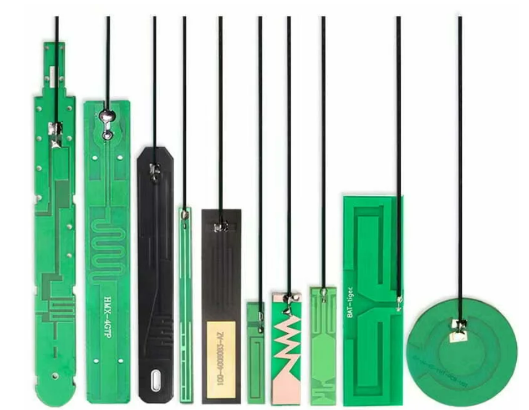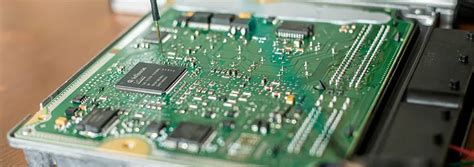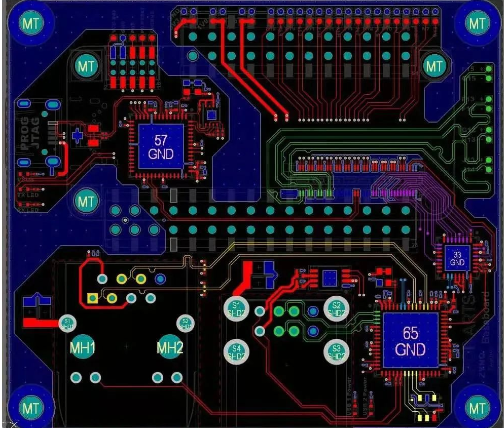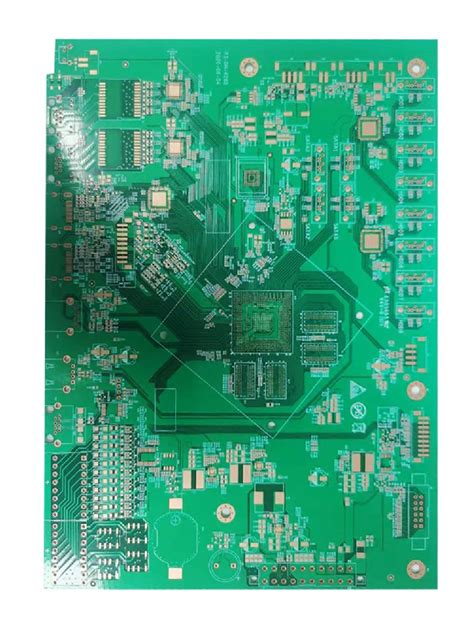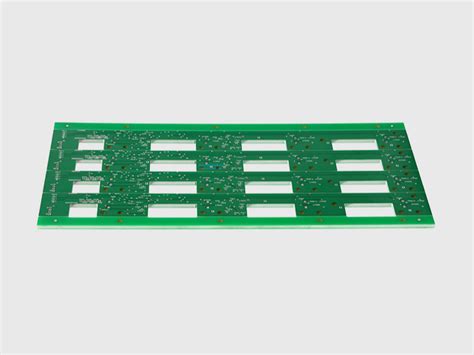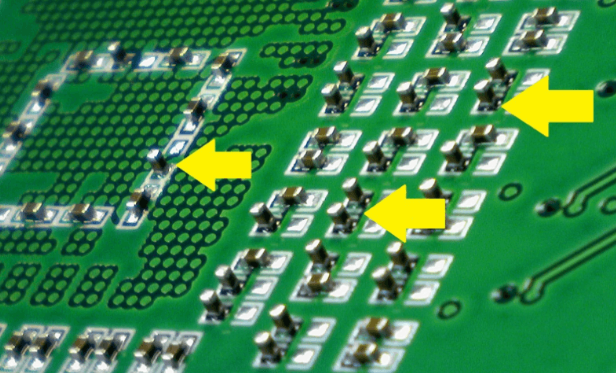Two key processes for PCB rework
The two most critical processes that help successfully rework SMT are also the two most easily overlooked issues:
Appropriate preheating of the PCB before reflow;
1.Quick cooling of the solder joints after reflow.
Since these two fundamental processes are often overlooked by rework technicians, in fact, sometimes the condition after rework is worse than before rework. Although some “rework” defects can sometimes be discovered by downstream process inspectors, they are usually invisible in most cases, but will be immediately exposed in subsequent circuit tests.
2.Preheating – the prerequisite for successful rework
It is true that long-term processing of PCBs at high temperatures (315-426℃) will bring many potential problems. Thermal damage, such as warping of pads and leads, delamination of substrates, white spots or blistering, and discoloration. Board warping and burning usually attract the attention of inspectors. However, just because the board will not be “burned” does not mean that the board is “not damaged”. The “invisible” damage of high temperature to PCB is even more serious than the problems listed above. Over the decades, numerous tests have repeatedly proven that PCBs and their components can “pass” inspections and tests after rework, and their decay rate is higher than that of normal PCB boards. This “invisible” problem of internal substrate warping and attenuation of its circuit components comes from the different expansion coefficients of different materials. Obviously, these problems will not expose themselves, and they are not even discovered when the circuit test begins, but they are still lurking in the PCB assembly.
Although it looks good after “rework”, it is like a sentence that people often say: “The operation was successful, but the patient died unfortunately.” The reason for the huge thermal stress is that when a PCB assembly at room temperature (21℃) suddenly contacts a heat source of about 370℃ soldering iron, desoldering tool or hot air head for local heating, the circuit board and its components have a temperature difference of about 349℃, resulting in a “popcorn” phenomenon.
The “popcorn” phenomenon refers to the phenomenon that the moisture inside an integrated circuit or SMD device is rapidly heated during the rework process, causing the moisture to expand and appear micro-cracks or cracks. Therefore, the semiconductor industry and circuit board manufacturing industry require production personnel to shorten the preheating time as much as possible before reflow and quickly rise to the reflow temperature. In fact, the reflow process of PCB components already includes the preheating stage before reflow. Whether the PCB assembly plant uses wave soldering, infrared vapor phase or convection reflow, each method generally requires preheating or heat preservation treatment, and the temperature is generally 140-160℃. Before implementing reflow soldering, using a simple short-term preheating PCB can solve many problems during rework. This has been successfully used in the reflow process for several years. Therefore, the benefits of preheating PCB components before reflow are multifaceted.
Since preheating the board will reduce the reflow temperature, wave soldering, IR/vapor phase soldering and convection reflow can all be soldered at about 260℃.

3.The benefits of preheating are multifaceted and comprehensive
First, preheating or “heat preservation” of components before starting reflow helps activate the flux, remove oxides and surface films on the metal surface to be soldered, and volatiles from the flux itself. Accordingly, this cleaning of the activated flux just before reflow will enhance the wetting effect. Preheating is to heat the entire assembly to a temperature below the melting point of the solder and the reflow temperature. This can greatly reduce the risk of thermal shock to the substrate and its components. Otherwise, rapid heating will increase the temperature gradient within the assembly and produce thermal shock. The large temperature gradient generated inside the assembly will form thermomechanical stress, causing these low thermal expansion materials to become brittle, cracking and damage. SMT chip resistors and capacitors are particularly vulnerable to thermal shock.
In addition, if the entire assembly is preheated, the reflow temperature can be reduced and the reflow time can be shortened. If there is no preheating, the only way is to further increase the reflow temperature or extend the reflow time, neither of which is suitable and should be avoided.
4.Reduce rework to make the circuit board more reliable
As a benchmark for soldering temperature, the soldering temperature varies depending on the soldering method used, for example: most wave soldering temperatures are about 240-260℃, vapor phase soldering temperatures are about 215℃, and reflow temperatures are about 230℃. Correctly speaking, the rework temperature is not higher than the reflow temperature. Although the temperature is close, it is impossible to reach the same temperature. This is because: all rework processes only need to heat a local component, while reflow requires heating the entire PCB assembly, whether it is wave soldering IR or vapor phase reflow.
Another factor that also limits the reduction of reflow temperature in rework is the requirement of industrial standards, that is, the temperature of components around the rework point must not exceed 170℃. Therefore, the reflow temperature in rework should be adapted to the size of the PCB assembly itself and the size of the components to be reflowed. Since it is essentially a local rework of the PCB board, the rework process limits the repair temperature of the PCB board. The heating range of localized rework is higher than the temperature in the production process to offset the heat absorption of the entire circuit board assembly.
There is still no sufficient reason to explain that the rework temperature of the entire board cannot be higher than the reflow temperature in the production process, so as to approach the target temperature recommended by the semiconductor manufacturer.

5.Three methods for preheating PCB components before or during rework:
Today, there are three types of methods for preheating PCB components: oven, hot plate and hot air trough. It is effective to use an oven to preheat the substrate before rework and reflow soldering to remove components. Moreover, the use of a preheating oven is an advantageous method for baking out the internal moisture in some integrated circuits and preventing the popcorn phenomenon. The so-called popcorn phenomenon refers to the micro-cracking that occurs when the humidity of the reworked SMD device is higher than that of the normal device and is suddenly subjected to a rapid temperature increase. The baking time of the PCB in the preheating oven is relatively long, generally up to about 8 hours.
One drawback of the preheating oven is that unlike the hot plate and hot air trough, it is not feasible for a technician to preheat and rework at the same time. Moreover, it is impossible for the oven to quickly cool the solder joints.
The hot plate is the most ineffective way to preheat the PCB board. Because not all PCB components to be repaired are single-sided, and today is a world of mixed technology, it is indeed rare to have a PCB component with one side that is completely flat or flat. PCBs generally have components installed on both sides of the substrate. It is impossible to preheat these uneven surfaces using a hot plate.
The second defect of the hot plate is that once the solder reflow is achieved, the hot plate will continue to release heat to the PCB component. This is because even after the power is unplugged, there will still be residual heat stored in the hot plate that continues to be transferred to the PCB, hindering the cooling rate of the solder joints. This hindrance to the cooling of the solder joints will cause unnecessary lead precipitation to form a lead liquid pool, which will reduce and deteriorate the strength of the solder joints.
The advantage of using a hot air trough for preheating is that the hot air trough does not consider the shape (and bottom structure) of the PCB component at all, and the hot air can directly and quickly enter all corners and cracks of the PCB component. The entire PCB component is heated evenly and the heating time is shortened.
6.Secondary cooling of solder joints in PCB components
As mentioned earlier, the challenge of SMT to PCBA (printed board assembly) rework is that the rework process should mimic the production process. It has been proven that: first, preheating PCB components before reflow is necessary for the successful production of PCBA; second, it is also important to cool the components quickly immediately after reflow. These two simple processes have been overlooked. However, in through-hole technology and micro soldering of sensitive components, preheating and secondary cooling are even more important.
Common reflow equipment such as chain furnaces, PCB components enter the cooling zone immediately after passing through the reflow zone. As the PCB components enter the cooling zone, it is important to ventilate the PCB components to achieve rapid cooling. Generally, rework is integrated with the production equipment itself.
Slowing down the cooling of PCB components after reflow will cause unwanted lead-rich liquid pools in the liquid solder to be generated, which will reduce the strength of the solder joints. However, using rapid cooling can prevent the precipitation of lead, making the grain structure tighter and the solder joints stronger.
In addition, cooling the solder joints faster will reduce a series of quality problems caused by accidental movement or vibration of PCB components during reflow. For production and rework, reducing the possible misalignment and tombstoning of small SMDs is another advantage of secondary cooling of PCB components.

7.Conclusion
The benefits of properly preheating and recooling PCB assemblies during reflow are numerous and these two simple procedures need to be incorporated into the technician’s rework. In fact, while preheating the PCB, the technician can do other preparatory work at the same time, such as applying solder paste and flux to the PCB board.
Of course, the need to address the process issues of the newly reworked PCB assembly, because it has not yet passed the circuit test, is also a real time saver. Obviously, the cost of not having to scrap the PCB during rework is saved, and an ounce of prevention is worth a pound of cure.
Accordingly, excessive scrap can be eliminated due to substrate delamination, spotting or bubbles, warping, fading and premature vulcanization. The correct use of preheating and recooling are the two simplest and most necessary rework processes for PCB assemblies.


